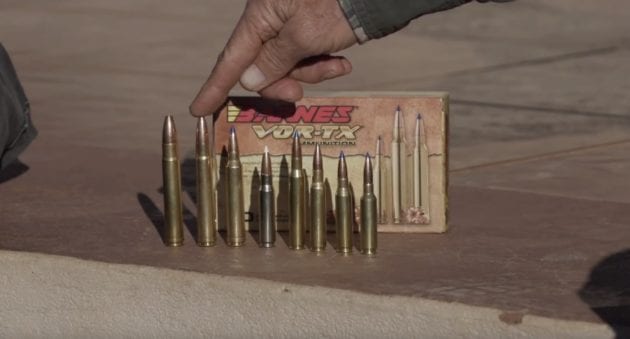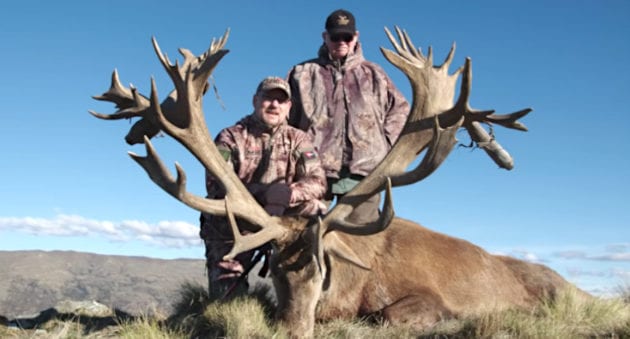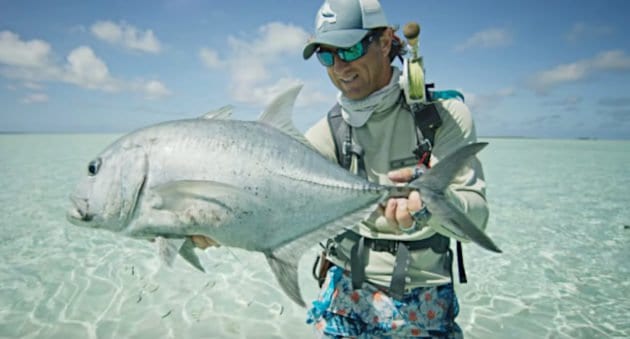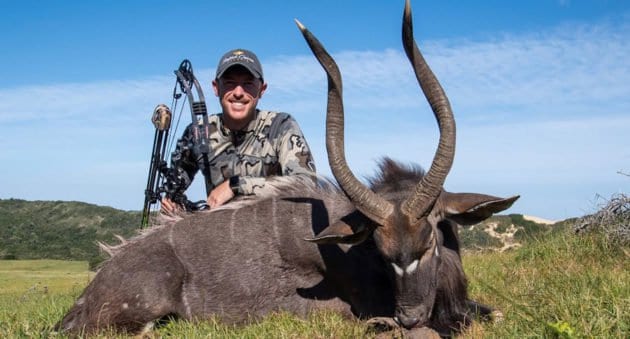
Once the season is on, you need to know the best time of day for deer activity to have the best chance of success.
Let us start by quickly making a point here: we’re talking about the best time of the day for deer movement, not the best time of the year. Obviously, with the onset of autumn, whitetail deer change their summer habits and begin the cycle of breeding that we all know as the rut. In the northern states, whitetails tend to breed exuberantly in October and into November, even into the early winter.
Moon phases come into play, particularly a full moon, a waxing moon and a waning moon (first quarter and last quarter), but since we can only hunt during the daylight hours, we’ve got to ask ourselves: when do deer commonly move in a normal setting?
And when we say normal, it’s all relative, but we mean mainly during bow season (September and October) and the early and late parts of firearms season (November into December).
Anyone who has a good deal of deer hunting experience knows that once the rifles and shotguns begin to go off on the woods and fields (basically everywhere that the deer are) they can become extremely skittish. For most deer, that means they only move during the night hours.
Whitetail deer have an internal clock that goes off when the days become shorter and the nights become cooler. They feed more regularly, especially where crops are growing and about to be harvested. Their movement patterns range from fairly typical (using common trails and bedding areas) to less predictable as the season continues on.
In other words, the time of day in which you stand to see the best success still depends on the time of year, or the seasonal progression you’re in.
The Best Deer Hunting Times
Solunar tables have a well deserved place as a tool for sportsmen and women, whether we are in the woods or on the water. Feeding times may vary based on food availability and even the peak of the rut as bucks begin to pursue the does who now have to try and grab a mouthful of food all while being chased down relentlessly.
Once the hunting season has started, deer movement will change based upon the hunting pressure, and deer hunters need to understand that the hunting hours they spend in their treestands now have major times and minor times of movement, which is the foundation of when you should be in the woods or not.
The best hunting times for big game hunters, especially whitetail deer hunters, are rather obvious, but change like the wind once the pressure is on. We know all about scent control, wind direction, movement, sound control, and camouflage, but none of that matters when you’re on stand and nothing is coming your way.
A big part of knowing when and why deer move through an area is sometimes most important before you ever hunt archery or firearms season. Season dates have already been decided on by your state’s wildlife commission based on the fact that deer activity is at a fever pitch in the fall, and taking deer during this time is one of the best ways to control the herd’s population simply due to the fact that they are breeding and are quite preoccupied at that time.
Let’s look at some of the four obvious times of the day that seem to be the best time to hunt deer and discuss each one’s benefits.
1. First Light
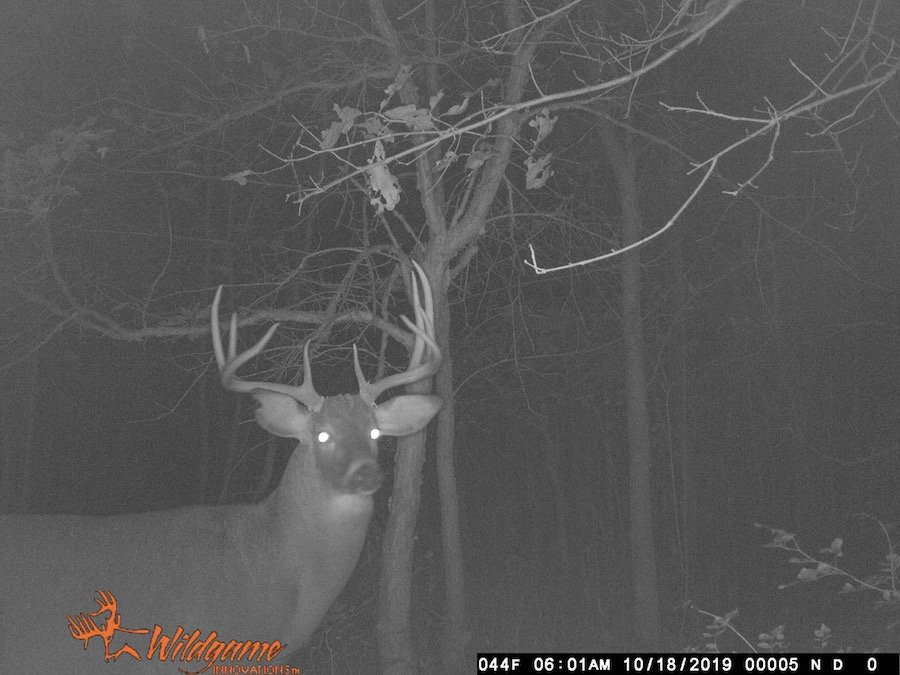
For most of us deer hunters, the early plan in any hunting season is to be in our stand well before daylight to ambush deer moving out of feeding areas and into bedding areas.
As the season moves into full swing, deer that haven’t been pushed too much tend to use familiar routes to do this, but only if they haven’t encountered any hunting pressure yet, even if it’s just a smell or a movement or sound that they just don’t like.
Once this happens, deer will be much more aware of their surroundings and will only move in a slower, much more discrete fashion. A feeding deer will play games with our heads, lifting their heads at indiscriminate moments to try and get you to move or make a sound. Deer are constantly on the alert, and even though virtually everything begins to come alive and move at first light, the whitetail knows what should be there and what shouldn’t.
The trickiest part to successful first light hunting is getting to the specific location. If you’re able to quietly travel (in the dark) without causing a commotion, you’re increasing your chances. If that’s harder to do without getting busted, then you might want to consider alternate options.
2. Mid-Morning
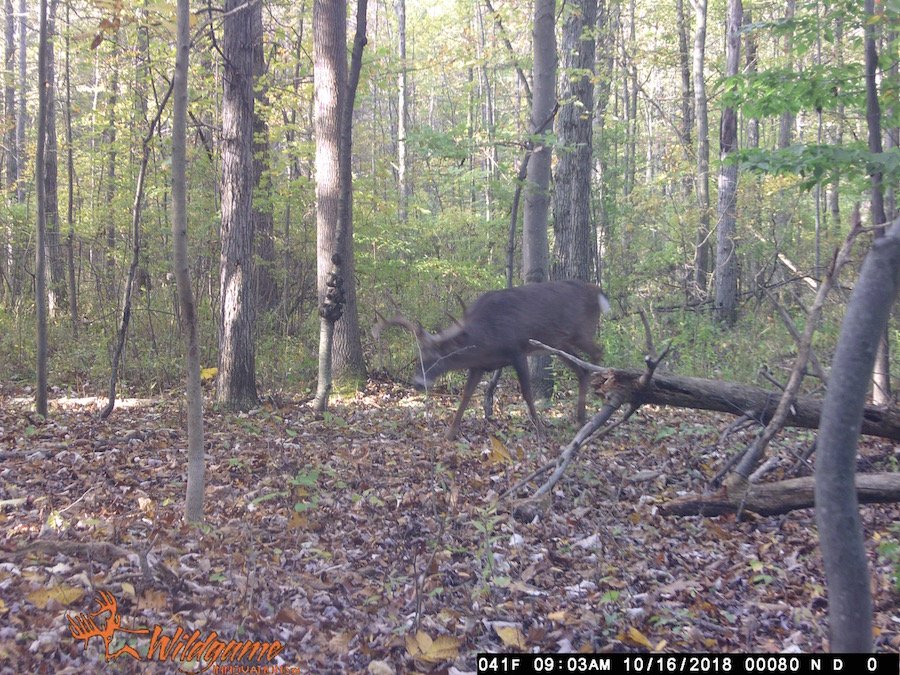
This is a paramount hunting time for any serious serious deer hunter. I’ve probably shot more deer in my life at mid-morning than at any other time in my hunting career. Most of them are specifically between 9:00 and 10:00 in the morning to be exact.
It’s a proven time, and it could have a lot to do with the common perception among deer hunters that things slow down once early morning is through. Hunters head home for a mid-morning nap or an early lunch, and in many situations this can open things up for the hardy ones who stay on stand.
It’s also such a productive time for deer movement that it’s not worth sabotaging. If you need to survey land, scout a specific site, or do some sort of non-hunting activity, don’t do it during the mid-morning.
By mid-October (in northern climates) bucks are really ramping up the chase, antler sparring is happening, and the does are on high alert. Wandering in the woods to check a camera or look for sign at this time of the day can leave you exposed to deer, especially a mature buck, which may not return to the area for some time.
In other words, this is the time to hunt and not linger around, trying for late scouting attempts.
3. Midday
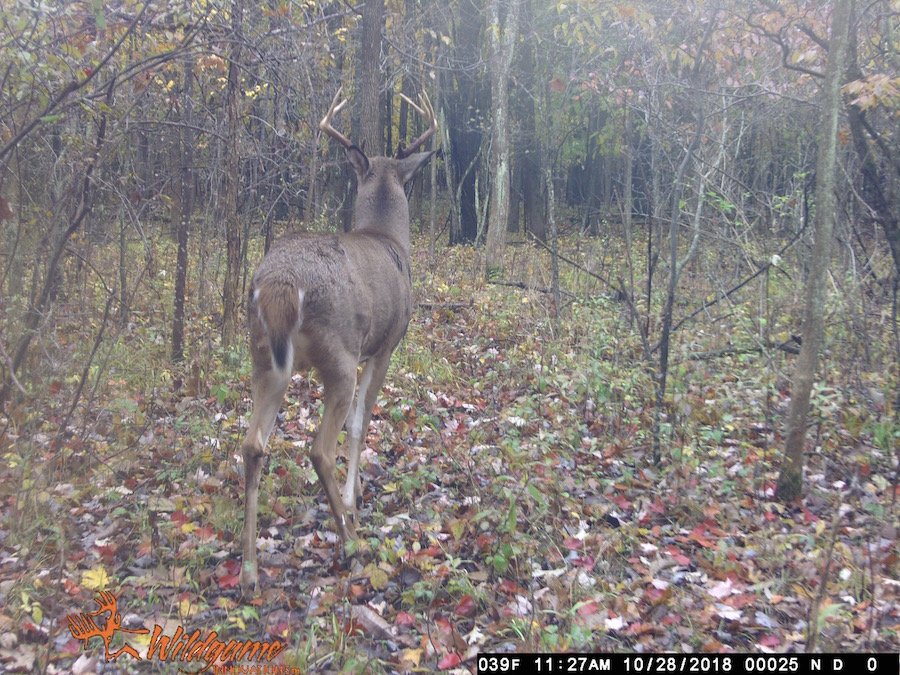
It’s said that even mature bucks will move readily at midday and many good deer hunters would agree. But bucks act as individuals and every one is different. Since deer are crepuscular (most active during dawn and dusk), you may think that noon, or thereabouts, might not be the right time for finding one on its feet. According to many, you would be wrong.
Breeding season is the great equalizer and since studies have shown that a buck’s home range size is highly variable and is not strongly correlated to age, daily movements are based on traits that are found in all age classes of male deer.
This means that even older deer will chase during the rut, find a bedding area to rest, and then rise to move again after a short time period. As deer season moves forward, look to your calendar for the next new moon. Deer cannot use the cover of darkness to find food or move around. This creates a need for even rutting deer to stop and rest during the night, meaning that they will be more willing to move during the sunlight to chase does.
4. Late Afternoon

Since deer are active during the twilight hours, around dusk and dawn, it is no surprise that we see them move at the end of the day. By planning to hunt for the entire day–packing plenty of food and drink–we can still be there at the end of the day when many hunters have given up.
Deer hunting videos often show the hunter shooting a buck right at the last minute of light. Either it’s “movie magic,” or hunting the last light s legitimately a good way for a lot of hunters to fill their tags.
Not only that, but we’ve almost all gotten a call from a buddy that shot a deer at the end of the day and needs our help to track it in the dark.
A treestand set up on a trail that leads to an afternoon food source can keep deer in your sight until it is too dark to see. Play the wind right and you’ll be on your way to finding success. Setting up 50-75 yards away during bow season may have a buck walk right by you, even one that tends not to closely follow other deer on the same trail. During firearms season, the same stand could be 100 yards or more away from the same trail and still give you a shot.
Stand Locations and Timing
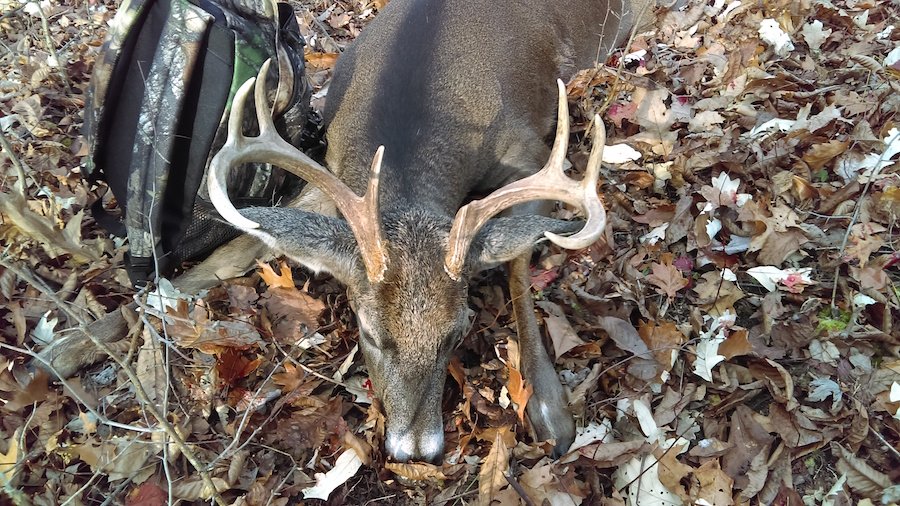
The correct evening treestand is not always the correct morning stand and vice versa. Many times the same stand can be a great midday cruising areas for bucks searching for doe bedding areas adjacent to food sources. As the rut progresses, bucks are no longer searching for food as much as they are searching for does that have come into estrous.
The difference? The does are still actively feeding and attempting to use the same areas that they’ve been using all summer. Two things cause a doe to change her habits: breeding and hunting pressure, the latter of the two being the most important factor. That leads us to timing.
The reason why we try to get to our favorite stands under cover of darkness is to defeat some of our quarry’s senses: sight, sound, and most importantly, smell. Since we all believe in scent control, that should be a given. It’s the other things we can do to tip the scales in our favor that make the difference.
Many deer hunters use this method, only leaving an evening stand when it’s dark and using the late hour to get out of the woods. By hiding their motion and sound under the darkening skies, they’re lessening their chances of ruining the spot.
The bottom line is that you can be in your tree before sunrise, but you should be on the ground just after sunset and walk out the same way that you walked in: quietly.
Whether you are on private land or public, hunting with a bow or during muzzleloader season, timing is everything. As deer hunters we love to sweat the details (probably because we know it’s our best chance). Understanding when and where the deer will be and getting there ahead of them is where the real hunt begins. It’s an integral part of putting meat in the freezer and antlers on the wall.
The post What Are the Best Deer Hunting Times Throughout the Day? appeared first on Wide Open Spaces.
The views expressed by the editors, authors or users of this linked article are expressly theirs, and do not necessarily reflect the policies or opinions of Dallas Safari Club, its employees, members or assigns. Any concerns about a site user’s post should be addressed appropriately to that person. Any concerns about an advertiser, a user or any content on this site should be addressed to social@dscnortheast.org.

